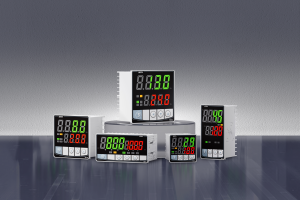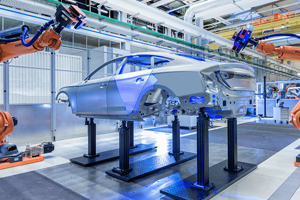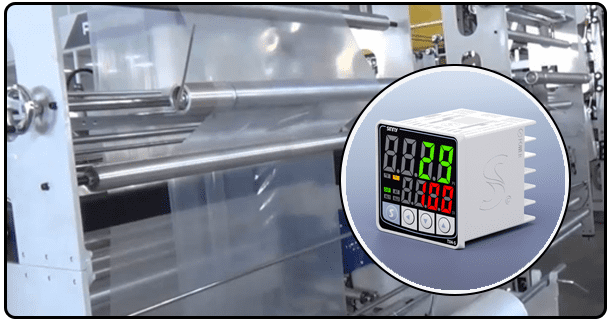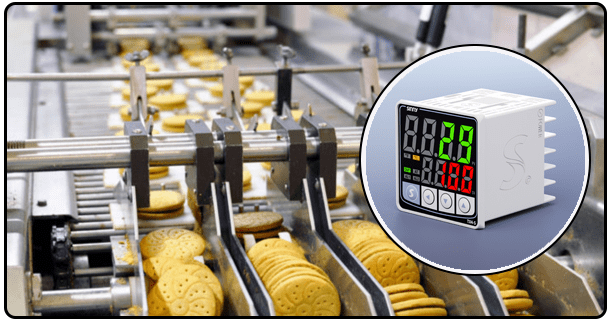The Complete Guide to Tuning a PID Controller Manually
Learn how to manually tune a PID Controller. Discover the steps for achieving optimal performance, including components, preparation and tuning.
1. Understanding PID Components
It's important to know the components of the PID controller before you start tuning.
Proportional
It is the Proportional component that responds to any current errors between the Setpoint and Process Variable. This component produces a direct proportional output to the error. This proportional gain (Kp) determines the aggressiveness of the controller's response to an error. Kp values that are higher result in more aggressive responses, and can cause oscillations when set to a high value.
Integral I
It addresses errors that have accumulated over time. The integral component multiplies past errors by the integral gain to calculate the total cumulative error. Integral action eliminates steady-state mistakes, and ensures that the process variables eventually reach the setpoint. However, too much integral action may cause instability in the system.
Derivative (D)
This component uses the rate at which errors change to predict future error rates. The derivative component can improve stability by dampening oscillations. This component's influence is determined by the derivative gain (Kd). The system can become oversensitive to noise if it has too much derivative action.
Prepare
Before beginning the tuning procedure, make sure that your system is stable and mechanically solid. Tuning results can be adversely affected by mechanical problems or system noise. The integral and derivative gain should be set to zero. Only the proportional gains need to be changed initially.
Tuning steps
The manual tuning of a PID Controller involves the systematic adjustment of gains for integral, proportional and derivative. For effective tuning, follow these steps:
Proportional tuning
Proportional Gain Increase (Kp). Gradually raise the proportional gains until the system starts to oscillate. It is important to achieve a level of oscillations that are both consistent and sustainable.
Reducing Proportional Gain: After achieving consistent oscillations, you can reduce proportional gain to dampen oscillations. The system will be responsive, but not aggressive.
Integral tuning
Gradually increase integral gain (Ki). Once the proportional gain is set, slowly increase the integral gains to eliminate steady state errors. Integral action is to bring the variable process close to its setpoint.
Check System Stability. Make sure the system is stable when adjusting integral gain. Reduce the integral gain if the system is unstable.
Derivative Tuning
Derivative Gain Increase (Kd). Increase the derivative gain gradually to reduce oscillations. Derivative action can help to smooth the reaction to change.
Prevent Over-Sensitivity: Do not set the derivative gain to a high level, which can cause the system to be overly sensitive.
2. Test and Adjustments
To ensure robust performance, you must test your PID controller under different scenarios. Tests may involve changing the setpoints or adding additional load steps and watching how the system responds. To achieve the best performance, fine-tune PID values according to the behavior observed.
The manual tuning of a PID requires that the gains of integral, proportional and derivative are carefully balanced. Understanding the parts and following systematized tuning steps will help you achieve a responsive and stable control system. It is crucial to have PID controllers that are properly tuned in order to maintain desired output levels, and ensure smooth operations of industrial processes.























